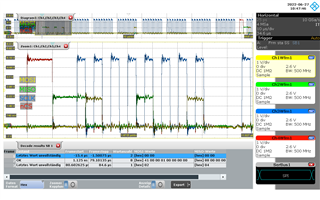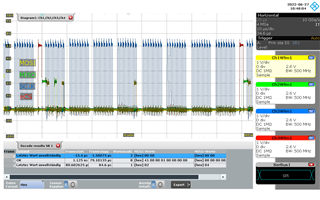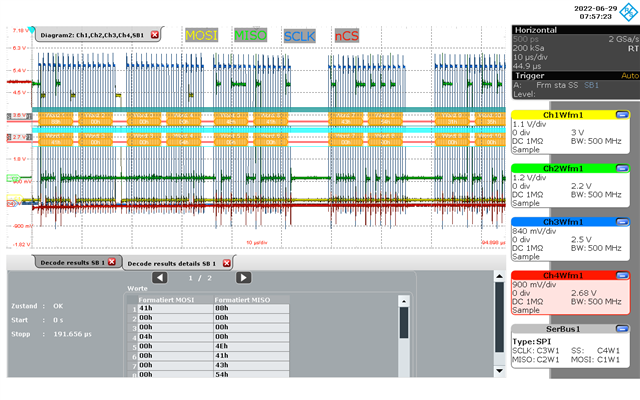Hello,
i try to use the TCAN4551 as CAN controller via SPI.
The SPI communication is set up and the timing looks correct. Nevertheless, the TCAN always responds with 0x88 which is a SPIERR according to the datasheet.
The attached images show the SPI communication and i do not see the problem in this.
So, why is the TCAN always responding with 0x88?
Thanks in advance.




